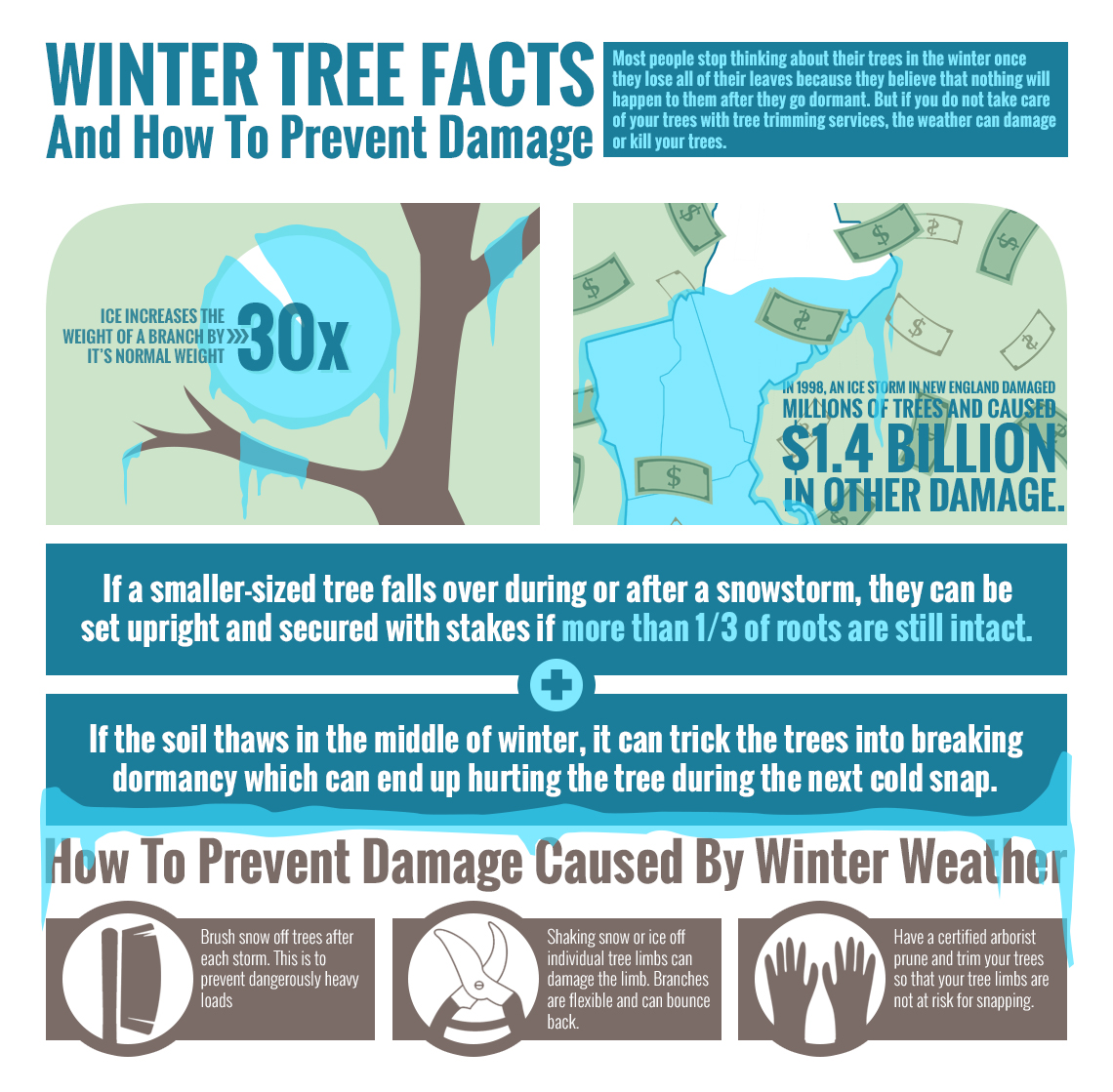Discover Techniques For Preserving A Healthy And Balanced Habitat After The Trees Have Been Removed
Discover Techniques For Preserving A Healthy And Balanced Habitat After The Trees Have Been Removed
Blog Article
Web Content Author-
When it concerns seasonal tree treatment, making certain proper monitoring before and after elimination can significantly impact the wellness and appearances of your landscape. By understanding the required actions associated with assessing tree health and planning for removal, you can proactively guard your residential or commercial property. Yet what concerning the critical practices to comply with when the tree is gone? Stay tuned to discover the important post-removal care procedures that will certainly aid you grow a growing and sustainable environment for your trees.
Pre-Removal Tree Treatment
Before dealing with the elimination of a tree, it's essential to prioritize pre-removal tree care. Beginning by evaluating the tree's wellness and architectural integrity. Look for indicators of condition, bug infestations, or any kind of architectural problems that might present a safety and security threat throughout removal. It's vital to consult with a certified arborist to determine the very best strategy.
Trimming dead or unhealthy branches can prevent further damage to the tree and ensure a smoother removal procedure.
Furthermore, consider the environmental influence of eliminating the tree. Trees play an important function in our ecological community, so planting a new tree in an ideal place can assist offset any loss. Ensure that you have the needed authorizations and permissions for tree elimination, particularly if the tree is secured by neighborhood guidelines.
Seasonal Maintenance Tips
Assessing your tree's needs throughout the year is imperative for its wellness and long life. To keep your trees in leading condition, follow these seasonal upkeep pointers.
In spring, focus on pruning to remove dead or broken branches and motivate new development.
Summer calls for routine watering, particularly during dry spells, to ensure your tree stays hydrated.
As loss techniques, keep an eye out for early signs of disease or anxiety, and consider applying mulch to secure the roots during winter.
In wintertime, be cautious when eliminating snow from branches to stop damage, and remain to monitor your tree's overall health and wellness.
Remember to adjust your care routine based upon the particular requirements of your tree types and local climate. By staying attentive and positive throughout the seasons, you can help your trees thrive and grow for many years to come.
Post-Removal Tree Treatment
To make sure the health of your landscape also after tree elimination, correct post-removal care is vital. After a tree is removed, it's crucial to fill up the continuing to be hole with topsoil and compact it to stop settling. This will certainly aid keep the integrity of the ground and protect against potential risks in the future.
Think about planting elite tree service -new greenery in place of the eliminated tree to bring back the equilibrium and looks of your landscape. On a regular basis water the area to advertise the growth of new plants and prevent dirt disintegration.
Inspect the bordering trees for any indications of condition or stress that might have been caused by the eliminated tree. Keep an eye out for parasites that may've been drawn in to the previous tree and take preventive measures to safeguard the continuing to be vegetation.
If necessary, talk to a professional arborist to assess the effect of the elimination on the bordering trees and determine any kind of added treatment needed. By adhering to these post-removal treatment actions, you can make certain the continued health and elegance of your landscape.
Verdict
In conclusion, aggressive seasonal tree treatment is essential for preserving the health and balance of your landscape. By analyzing tree wellness, pruning, and talking to an arborist before removal, you can ensure a risk-free procedure. After removal, filling up the hole, growing new plants, and routine watering will advertise new growth and protect against erosion. Bear in mind to evaluate surrounding trees for illness and seek additional treatment steps from an arborist to maintain your landscape thriving.
